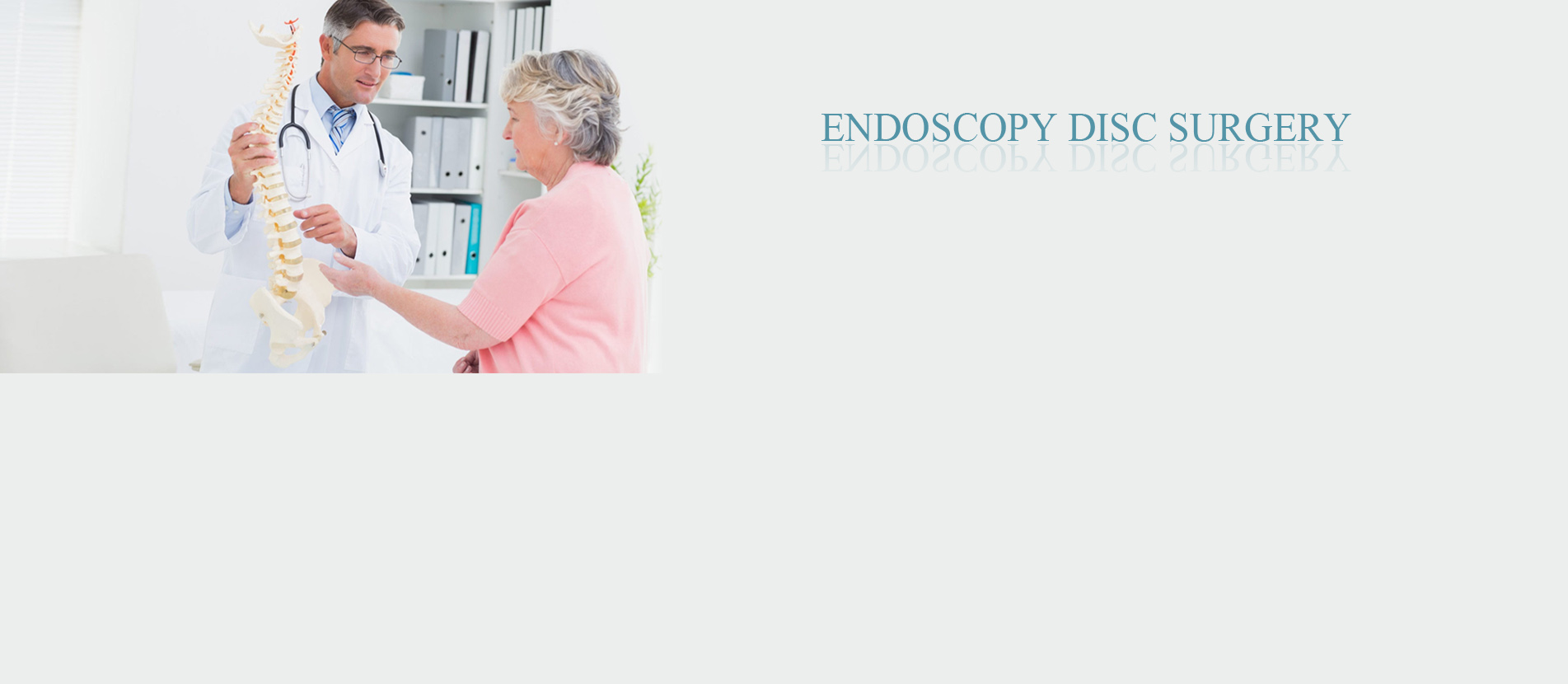


Disc
Disc is a flexible substance between the vertebrae that avoids the impact resulting by standing, sitting, and running to the vertebrae. Each disc is composed of two nucleuses in the middle and the ring that covers the nucleus.
If the ring ruptures due to high pressure, it cause:

Requirements for endoscopic disc surgery
Your new MRI along with your examination results will be reviewed by the clinic physician and, if eligible, you can undergo this procedure.
Preparations for endoscopic disc surgery
– Pre-operative fasting for about 6 hours
– The presence of a person accompanying the patient to do the paperworks
– Having all medical records of the patient

How endoscopic disc surgery is performed
First, the exact entrance location of the endoscope will be determined using CT scan or fluoroscopy. After anesthesia, by making and incision of 8mm in this area, the endoscope will be inserted into the inter-vertebral hole and the part of the disc that cause pressure on the nerve root will be removed.
Possible complications of endoscopic disc surgery
Complications of endoscopic disc surgery are very few (4%). The most common complication of endoscopy is tingling and pain in the inter-vertebral nerve region that has been reported only in 5-15% of the cases and will be lost spontaneously in a few weeks.
Post-operative hospitalization
This surgery is usually operated on an outpatient basis and does not require hospitalization.

Post-operative bed rest
After endoscopy, you should rest at home for a week and then gradually start your normal activities.
Disc recurrence
In cases where the patients pain has not been desirably reduced, second endoscopy may be required for removing the remaining disc.